CASE STUDY
Minti - User Success

Introduction
Shortly after Minti launched, we noticed a common thread amongst our users: the complexities of minting NFTs were difficult, combined with other platform-specific features, it made their experience complex, over-stimulating, and frustrating.
To address this problem, we introduced the User Success initiative. Our goal was to provide a solution that would allow users to immediately be setup for success. This required us to educate them on how to best use the product and to provide contextual support across an array of circumstances.
This case study explores how we addressed these user pain points and presents the design solution we implemented to improve the education of our product to our users.
Throughout this project I collaborated closely with our Chief Product Officer and our engineering team. As Senior Product Designer (and the only designer in the company) I lead the entire end-to-end process to ensure the design quality and consistency of this initiative.
User Success had a significant impact on Minti, resulting in two new product features: Guided Product Tour and Tooltips. Both of these features became part of the core product experience and contributed to the growth of the Minti Design System.
The problems
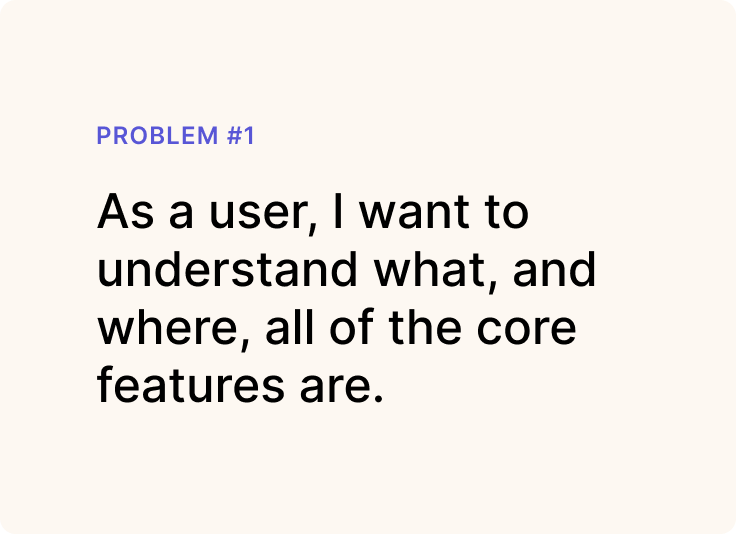
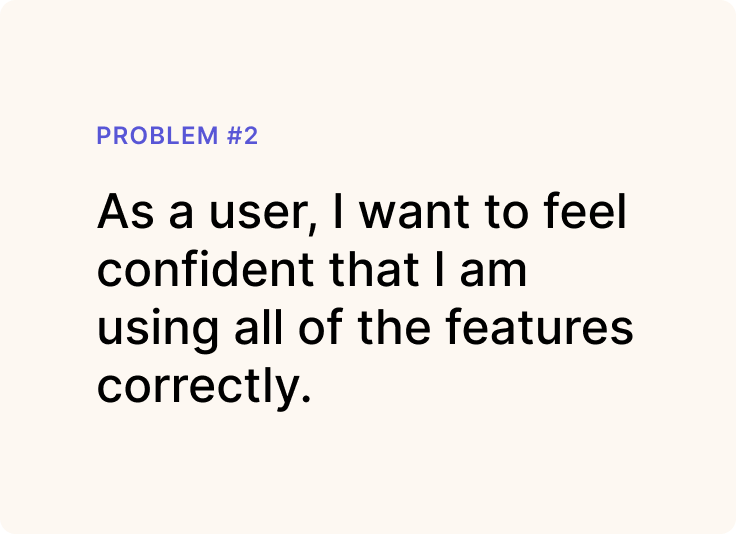
User research
To uncover insights into our user's behavior, I conducted various methods of user research. This included conducting user interviews, analyzing support tickets, interpreting findings from our data analytics, and examining the strategies of other similar products (web3 and non-web3).
The overall process consists of 5 steps:
- Collecting data
- Interpreting the data
- Generating insights
- Crafting solutions
- Translating the solutions into product strategy
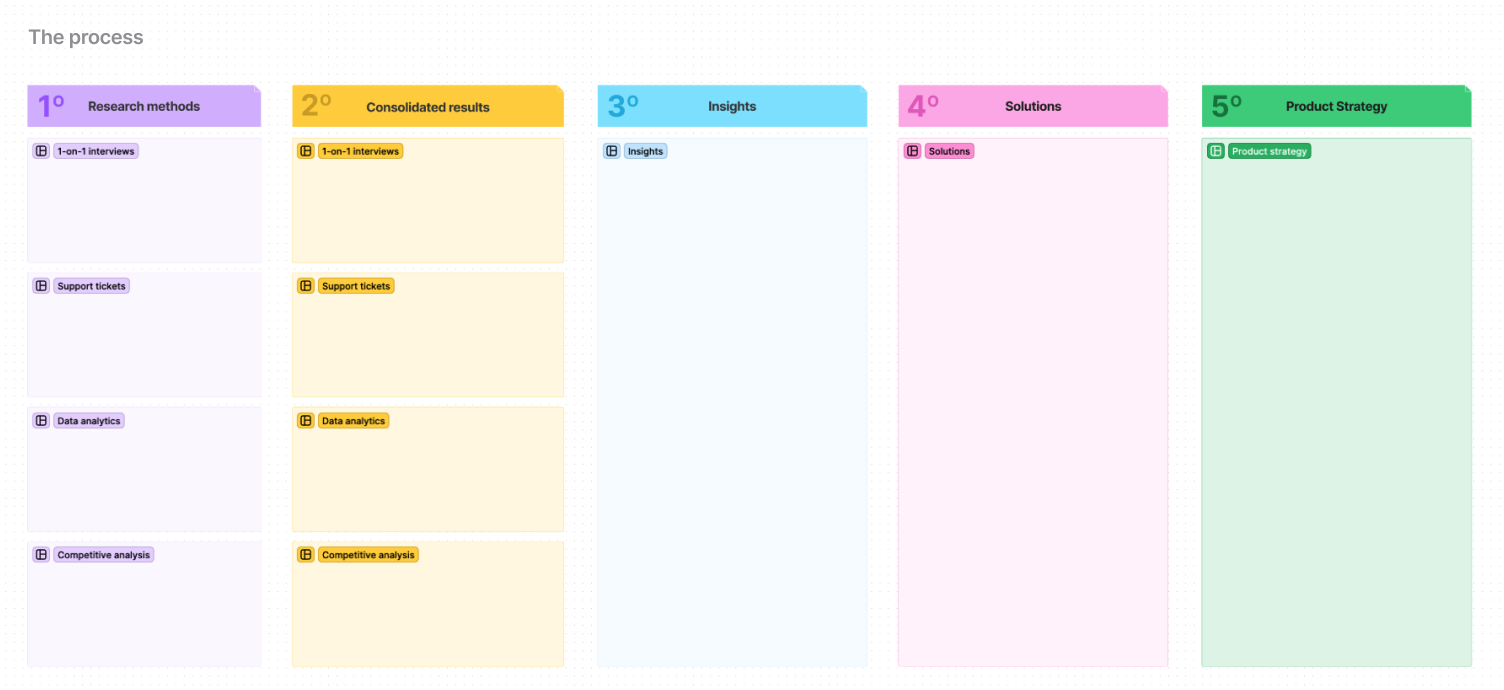
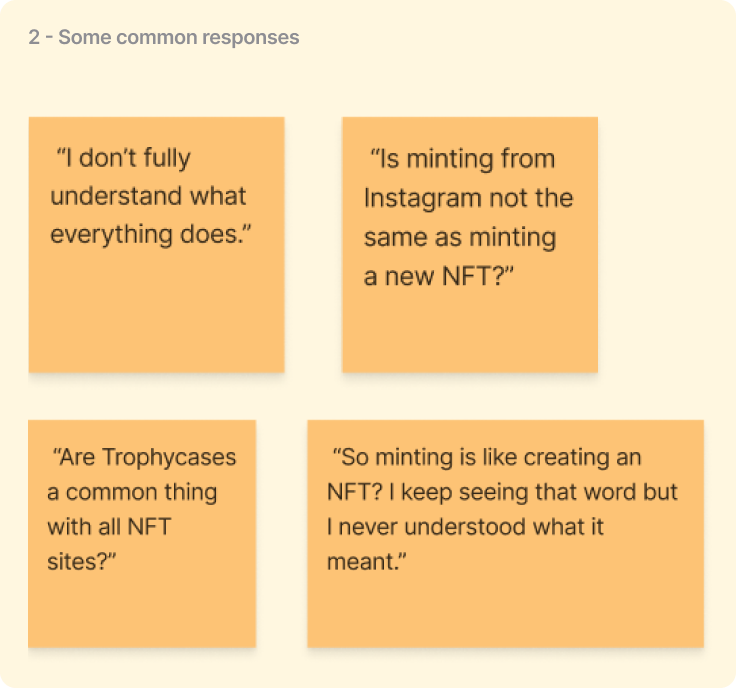
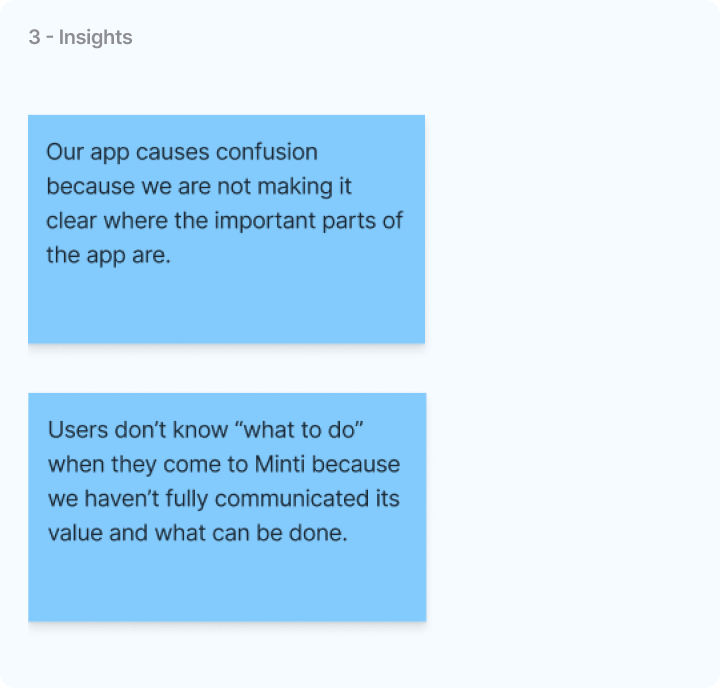

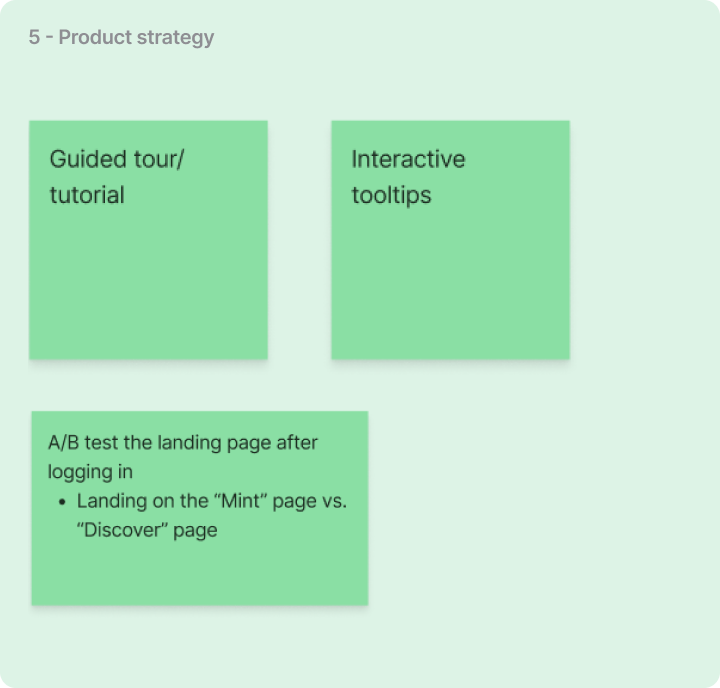
Design
The User Success initiative was broken down into 2 parts that required design work: a guided product tour and interactive tooltips. After defining the project scope for each part, we crafted basic wireframes to align the team and stakeholders.
Then, after a few iterations in high-fidelity design, we created prototypes, handed them over to engineers, accompanied the team during the implementation phase, and incorporated patterns, components, tokens, and styles into the Minti design system.
Scope: Guided product tour + tooltips
Identified the different sections, features, and components of the application that need to be highlighted in the product tour. Some sections, features, and components only required a tooltip.
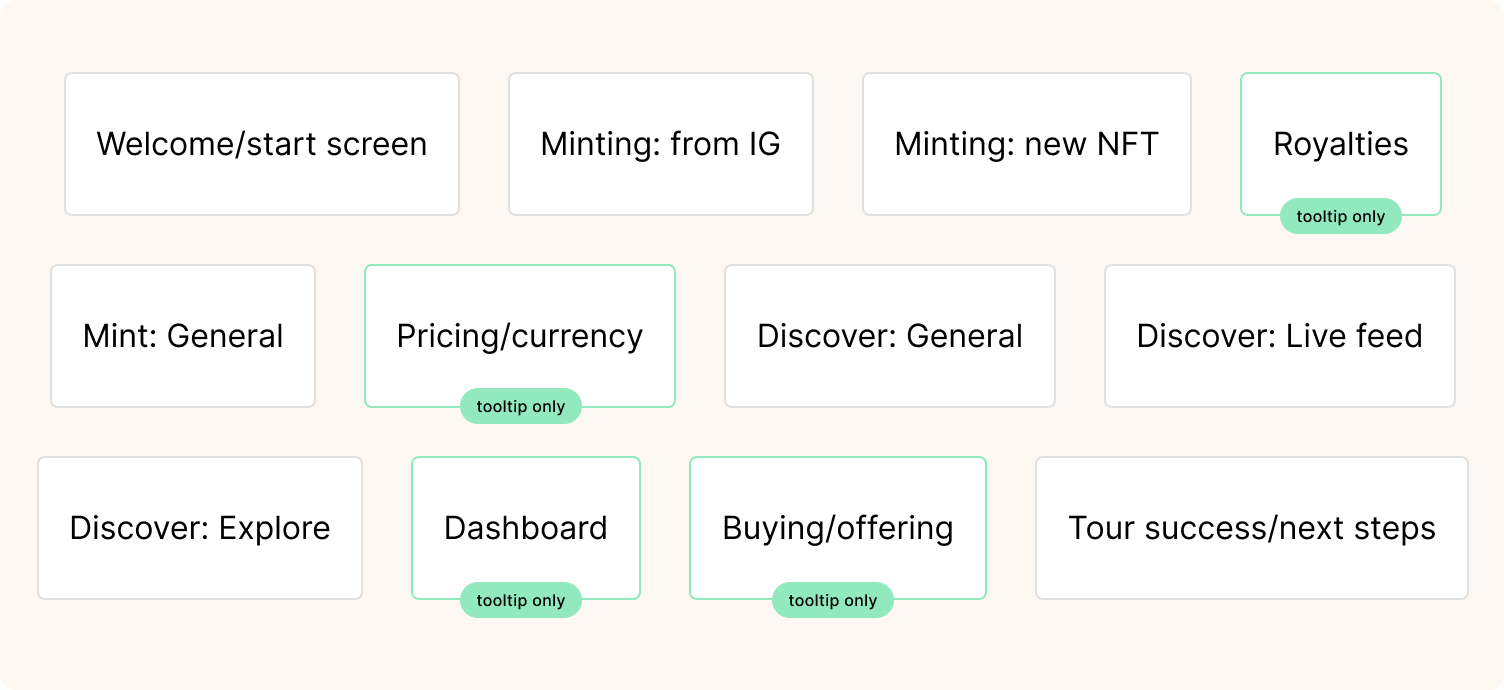
Design iterations
Explored many different visual treatments and user experiences for navigating through a guided product tour and interacting with tooltips.
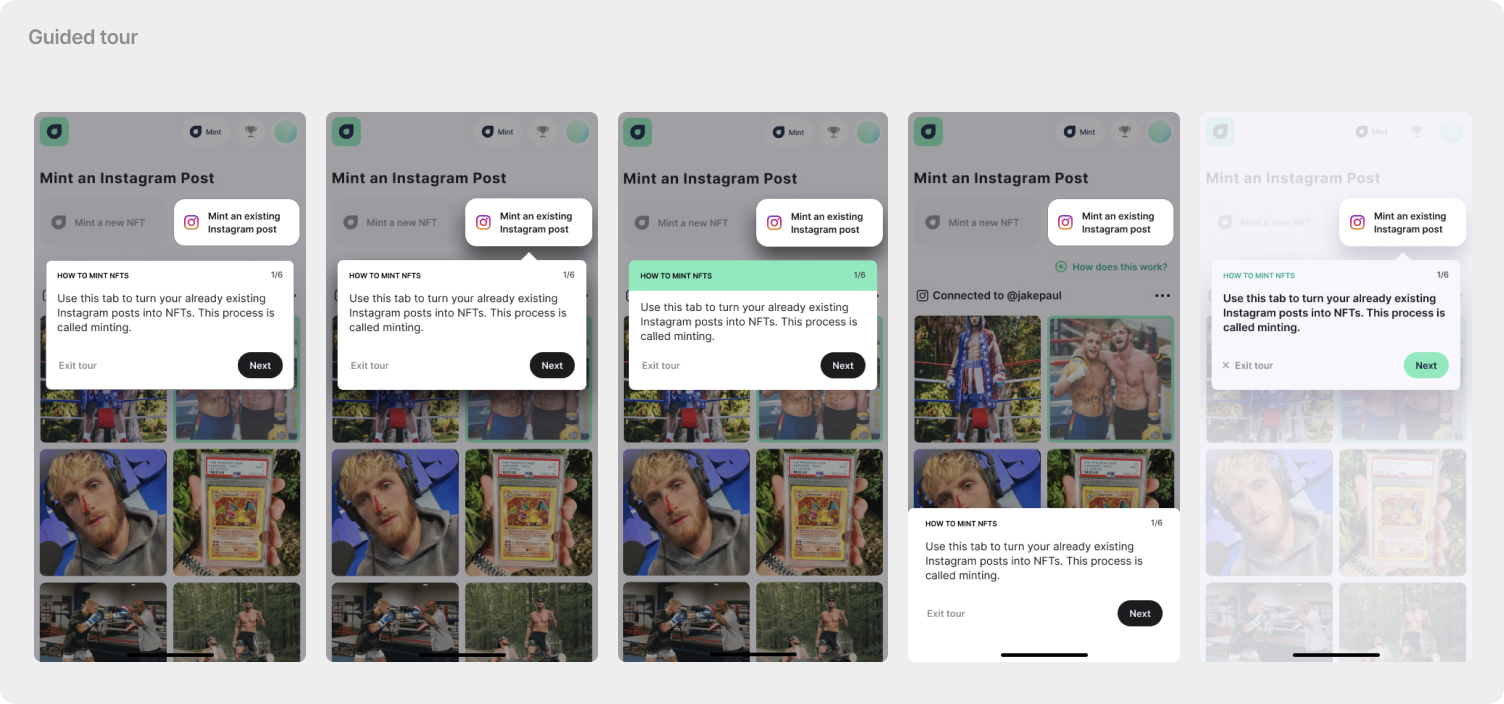

Guided tour
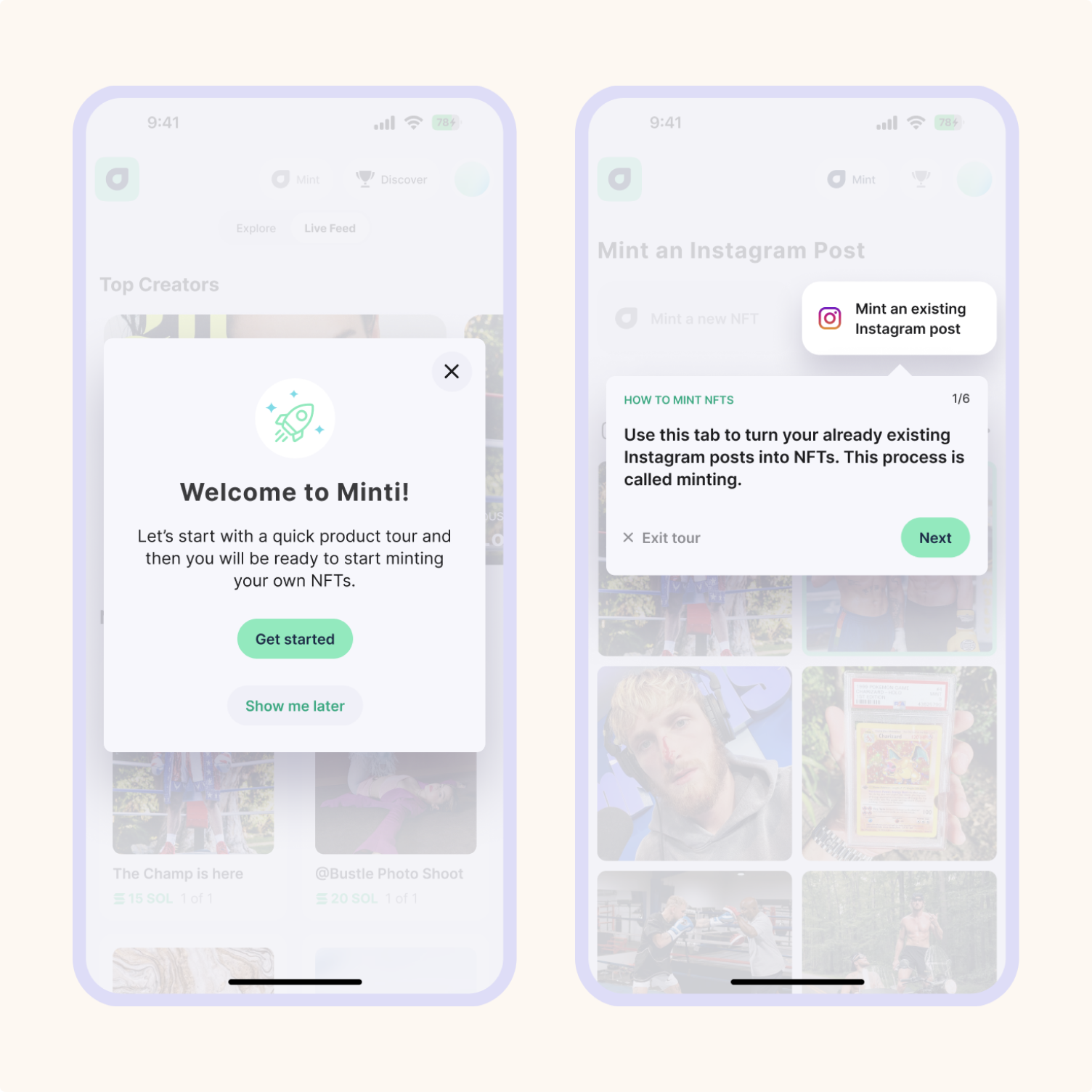

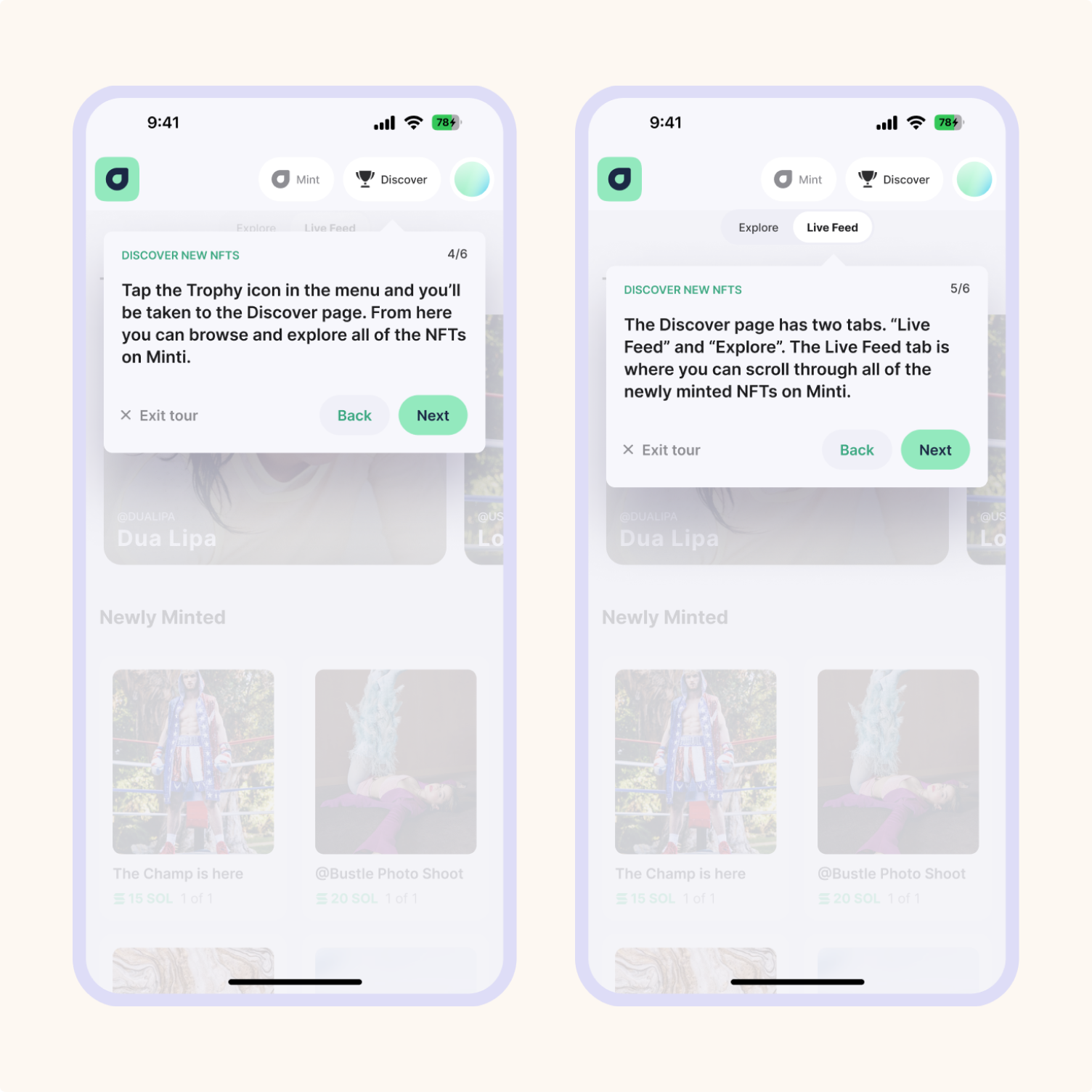
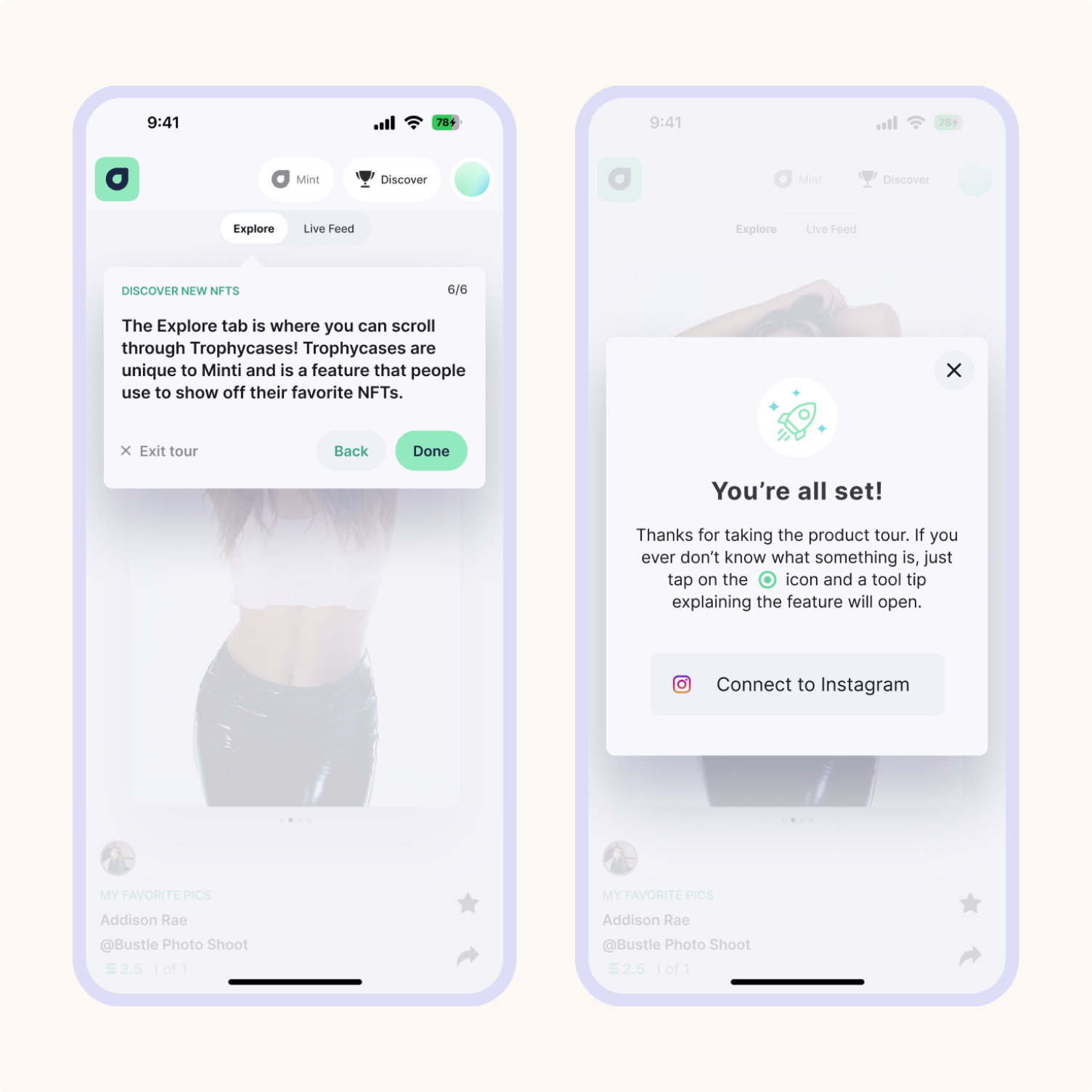
Tooltips
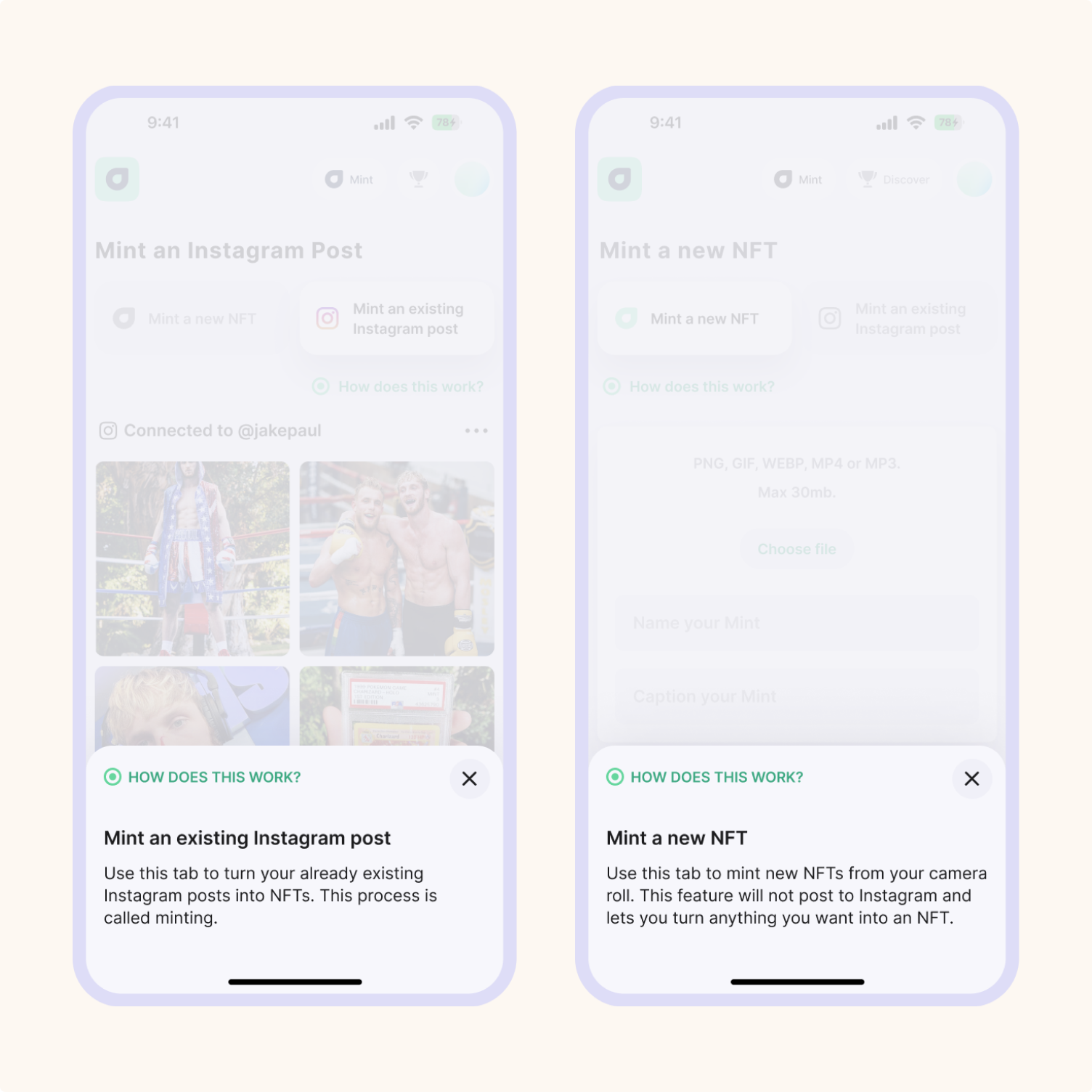
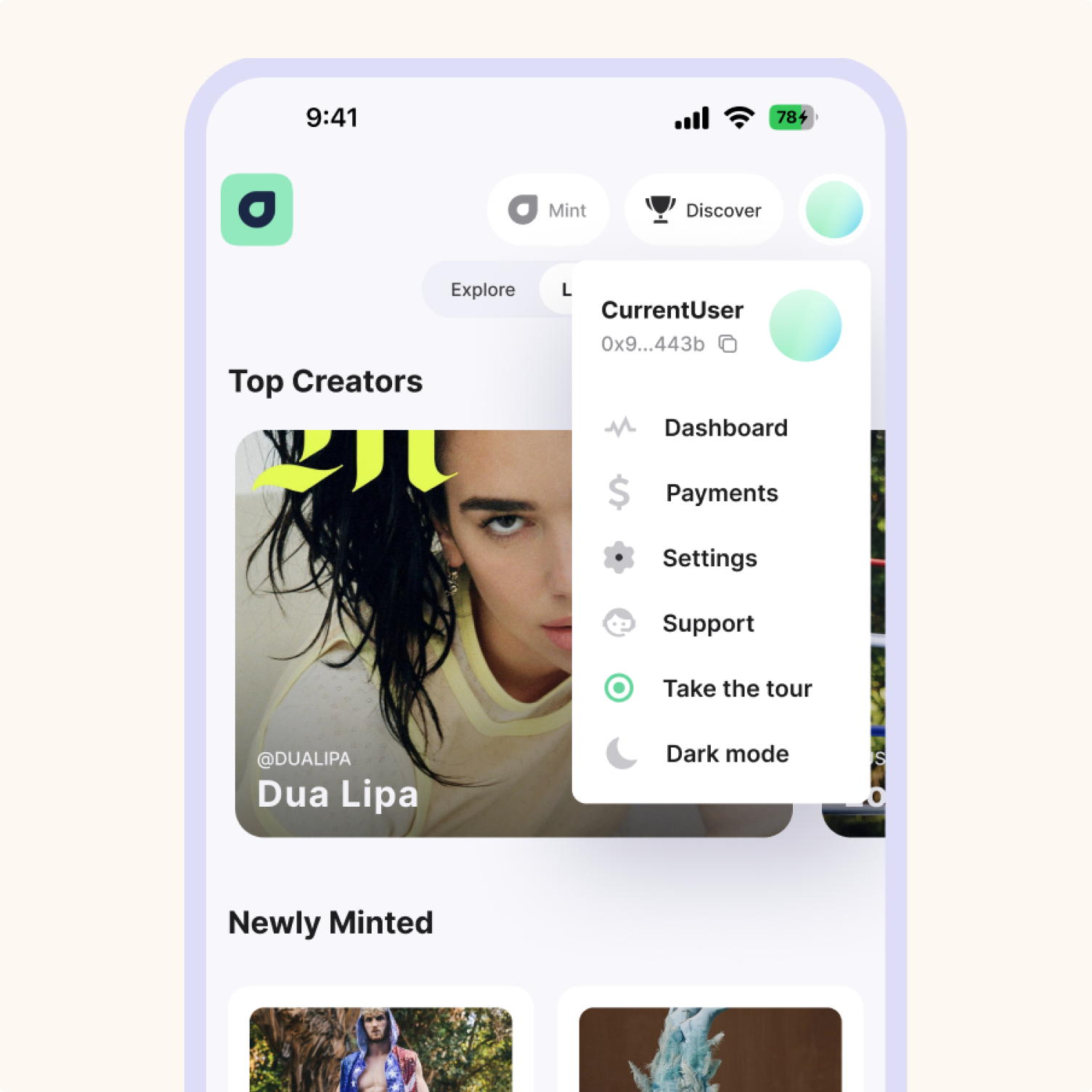
Results
This initiative had a positive start and continued to produce success throughout its journey. Within the first week, we saw a 43% decline in total support tickets. Of the support tickets that were produced, only 6% related to non-technical (experiential) issues, down from 17%.
As we moved into the next few months, these numbers gradually improved. This became more impressive as our user base also began to grow roughly 40% month over month.
These promising results highlighted the importance of educating your users when trying to make a simple experience out of a highly technical product.
The success of this initiative laid the foundation for continued growth and the future success of other projects.
